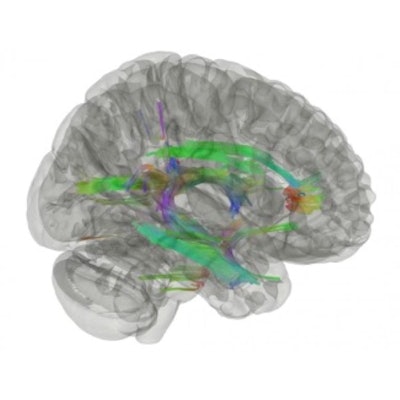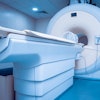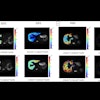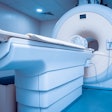
MRI is illuminating what may be a new form of dementia in World Trade Center (WTC) first responders with both cognitive impairment and post-traumatic stress disorder (PTSD) in a study published August 11 in the Journal of Alzheimer's Disease.
A team from Stony Brook University in New York found that a 3D MRI imaging technique called diffusion tractography imaged the white brain matter of 99 first responders to the attack on the World Trade Center in 2001. It determined that the white matter of those study participants with PTSD and cognitive impairment looked different than that of first responders with cognitive impairment but no PTSD. In particular, first responders with both cognitive impairment and PTSD had cerebellar atrophy, a manifestation of white matter degradation that appears to be new among symptoms of dementia.
"Overall, the study supports the view that responders with CI have neurological changes consistent with neurodegenerative disease, but they are inconclusive as to the type of disease," said lead author Sean Clouston, PhD, in a statement released by the university on August 22. "Our findings do show that dementia due to PTSD is clearly different from non-PTSD dementia in this responder population."



.fFmgij6Hin.png?auto=compress%2Cformat&fit=crop&h=100&q=70&w=100)




.fFmgij6Hin.png?auto=compress%2Cformat&fit=crop&h=167&q=70&w=250)











